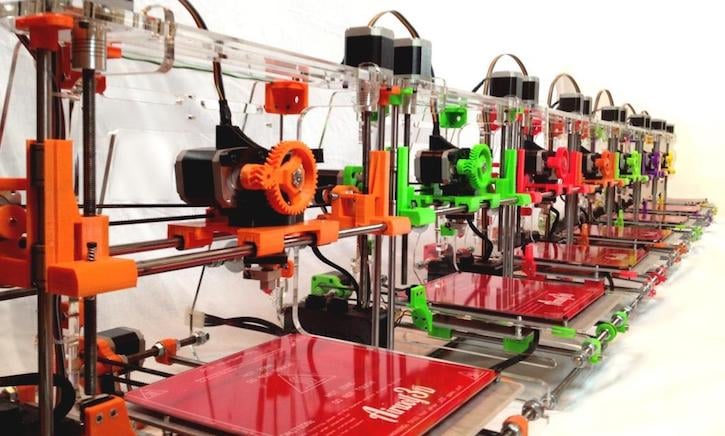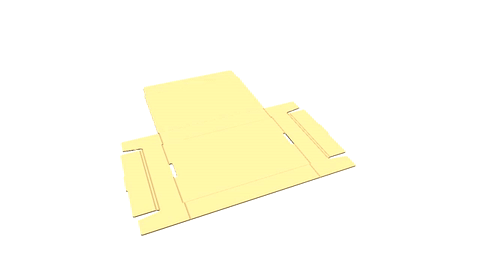The packaging industry is changing every day. Cutting-edge technologies like augmented reality and smart tags are revolutionizing the way that brands engage with consumers and consumers interact with products. One of these technologies could be 3D printing — an innovative manufacturing process that emerged in popularity over the past decade.

Today, 3D printing has been adopted widely by manufacturers of all kinds. From aerospace to pharmaceutical, many industries use 3D printing for a wide range of industrial and commercial applications. As 3D printing becomes more efficient and accessible over time, it’s worth exploring the implications that it can have on the future of packaging.
How Does 3D Printing Work?
3D printing may sound like something out of a futuristic sci-fi movie. However, early 3D printing technology has been around since the ’80s. Also known as additive manufacturing, 3D printers work similarly to desktop printers. The process begins with a digital blueprint or design file created using 3D modeling software. By extracting the plan information from a computer, 3D printers use a combination of polymers, lasers, and molds to form a three-dimensional object, one layer at a time.
Elements of 3D printing technology are used in the early stages of packaging design and development. Structural designers use Computer-Aided Design (CAD) software to create computer-generated 3D models of packaging concepts. Designers produce these models with precise measurements and dimensions to ensure the designs meet their customer’s requirements.

In the future, these models might be used to create 3D-printed physical prototypes or low-volume production runs of certain types of packaging components, such as foam inserts or protective cushioning.
The Future of 3D Printing and Packaging
In today’s competitive marketplace, speed is critical to retail success. Brands must be able to quickly adapt to evolving consumer needs and industry trends and beat their competitors to market. This is where the on-demand power of 3D printing technology comes in.
3D printers can manufacture packaging prototypes rapidly, expediting the testing process. Packaging engineers would then have the opportunity to make quicker and more precise changes to the design if needed. With this agility, brands can achieve faster speed-to-market to give them a competitive edge.
3D printing can also enhance operational efficiencies in the packaging industry. Instead of tying up your standard machinery with prototyping and low-volume orders, a 3D printer can take on these types of jobs in a single machine. This frees up your primary equipment for mainstream production runs.
Additionally, it’s of interest to note that a growing number of 3D printers use 100 percent recycled materials to help reduce the environmental impact of manufacturing.
While 3D printing is still too slow and costly for the mass production of packaging, many experts believe that this technology can serve as a complement to the digital print production process.
